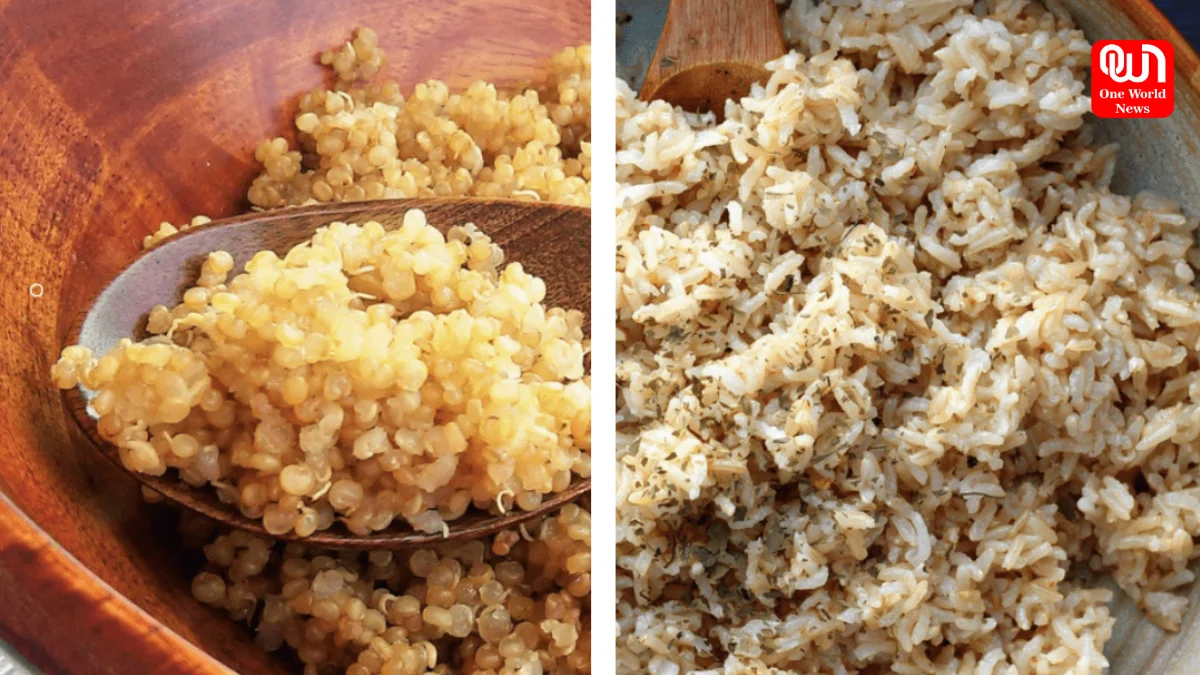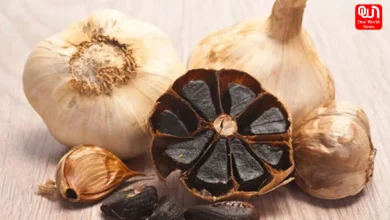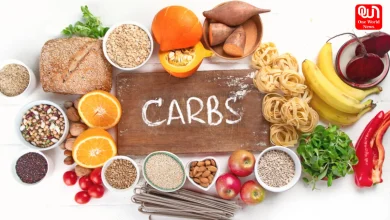Brown Rice vs Quinoa: Which Is Better for Diabetics?
Explore the comparison of Brown Rice vs Quinoa to discover which grain is better suited for diabetics based on nutrition, glycemic index, and health impact.
Detailed Guide on Brown Rice vs Quinoa: Which Grain Is Healthier for Diabetics?
Introduction: Understanding the Diabetic Dilemma
Managing diabetes involves making smart dietary choices, especially when it comes to carbohydrates. Among the popular grains available today, Brown Rice vs Quinoa is a frequently debated topic among health-conscious individuals. Both grains are known for their nutrient density, but which one truly benefits diabetics? In this guide, we will explore the nutritional value, glycemic index, and diabetic-friendly benefits of both grains to help you make an informed decision.
Nutritional Overview of Brown Rice
Brown rice is a whole grain that retains its bran and germ layer, unlike white rice. It contains essential nutrients such as magnesium, phosphorus, B vitamins, and fiber. A single cup of cooked brown rice offers about 45 grams of carbohydrates and 3.5 grams of fiber. This slow-digesting grain provides sustained energy and can help with blood sugar regulation when consumed in moderation.
For diabetics, brown rice offers a better alternative to white rice due to its higher fiber content and slightly lower glycemic index. However, it still has a moderate impact on blood sugar levels, which means portion control is necessary.
Nutritional Benefits of Quinoa
Quinoa, although often treated as a grain, is technically a seed. It is gluten-free and considered a complete protein, containing all nine essential amino acids. One cup of cooked quinoa contains about 39 grams of carbohydrates, 5 grams of fiber, and 8 grams of protein.
For diabetics, quinoa has several advantages over brown rice. Its higher protein and fiber content can help improve satiety, reduce cravings, and support blood sugar management. Additionally, it’s rich in magnesium and antioxidants, contributing to better insulin sensitivity and reduced inflammation.
read more: Dengue vs Viral Fever: Key Differences in Symptoms and Diagnosis Explained by a Doctor
Glycemic Index Comparison: Brown Rice vs Quinoa
The glycemic index (GI) measures how quickly foods raise blood sugar levels. The lower the GI, the better it is for diabetics.
-
Brown Rice GI: 68 (medium)
-
Quinoa GI: 53 (low)
Clearly, quinoa has a significantly lower glycemic index compared to brown rice, which means it leads to slower and more stable rises in blood sugar. This makes quinoa the preferable option for most diabetic meal plans.
Digestibility and Satiety
Both brown rice and quinoa are good sources of complex carbs, but quinoa often wins in terms of digestibility and satiety. Its higher protein content contributes to feeling full for longer periods. Brown rice, while still a good option, can sometimes cause bloating in sensitive individuals due to its fibrous outer layer.
For diabetics, maintaining a steady energy level and avoiding spikes in blood sugar is crucial. Quinoa’s balance of carbs, protein, and fiber helps achieve that more effectively than brown rice.
Culinary Versatility and Ease of Preparation
Brown rice and quinoa are both easy to prepare and highly versatile in various cuisines. Brown rice works well in stir-fries, curries, and bowls, while quinoa pairs beautifully with salads, soups, and as a substitute for rice in almost any dish.
From a diabetic perspective, both grains can be incorporated into a well-balanced meal plan. However, combining quinoa with non-starchy vegetables and lean proteins offers a better glycemic profile.
read more: Ghee Vs Oil: Which Is Healthier And Better For Everyday Cooking?
Conclusion: Which Is Better for Diabetics?
When comparing Brown Rice vs Quinoa, quinoa emerges as the better grain for diabetics due to its lower glycemic index, higher protein and fiber content, and greater ability to support blood sugar control. However, brown rice is still a healthier choice than refined grains and can be consumed occasionally in controlled portions.
Ultimately, diabetics should focus on whole, nutrient-dense foods and maintain balance, portion control, and variety in their diets. Incorporating both grains wisely can add nutritional diversity and help manage diabetes effectively.
We’re now on WhatsApp. Click to join.
Like this post?
Register at One World News to never miss out on videos, celeb interviews, and best reads.








